Phrase Of The Day: "Torsional Excitations"
What keeps powertrain engineers up at night? C’mon, get your mind out of the gutter. The move towards downsized, turbocharged engines is creating a number of new engineering challenges, and “torsional excitations” grabbed the spotlight at this year’s Society of Automotive Engineers Congress. Steven Thomas, manager of Ford’s global transmission and driveline, research and advanced engineering, illuminated the issue [via Wards].
As we reduce the engine torque, particularly just off idle prior to the boost coming on, we’re going to adversely impact the ability to accelerate the vehicle. I would challenge you all to think about new ways of dealing with this. We could really use new designs to deal with these challenges to optimize the fuel economy, but at the same time deal with (noise, vibration and harshness) and performance issues presented by these new engines.
The problem: the increased inertia of forced-induction engines. The practical example: a turbocharged Fiesta. A worthy adversary, a worthy cause. Let’s do this.
Inertia is already a challenge for the Fiesta, as Thomas reveals that
Ford’s new DCT, which also appears this year in the ’12 Focus, is “great for CO2 reductions and fuel economy, but I have to tell you one of its challenges is the amount of inertia in a dual dry-clutch assembly.”
Add a downsized, forced induction engine, which the Fiesta was not designed for, and the potential for “torsional excitation” rises. One possible solution, the use of dual-mass flywheels, is being tested by Ford for use in a possible turbocharged Fiesta, but initial results show it could actually increase engine friction by as much as 15%. If “DMF”s don’t work, the options become somewhat more limited:
Pendulum dampers are being considered to address the problem. And with automatic transmissions, torque converters incorporating improved dampers can quell some of the vibrations, but more work is necessary.
And, says Thomas, three-cylinders are even tougher to keep smooth, as their uneven firing pattern works with torsional excitations to create severe NVH conditions. The future of engines may be downsized and turbocharged, but it’s still got a few bad vibrations to work out.
More by Edward Niedermeyer
Latest Car Reviews
Read moreLatest Product Reviews
Read moreRecent Comments
- SCE to AUX I think the 2.2 was a pretty durable engine.
- Rochester We'll probably be trading in our 2018 Touring Edition Forester for the next model, and are waiting to see what the Hybrid is all about. Would be nice if they disclose whether or not it will be a plug-in Hybrid.
- CEastwood I have a friend who drives an early aughts Forrester who refuses to get rid of it no matter all it's problems . I believe it's the head gasket eater edition . He takes great pains regularly putting in some additive that is supposed prevent head gasket problems only to be told by his mechanic on the latest timing belt change that the heads are staring to seep . Mechanics must love making money off those cars and their flawed engine design . Below is another satisfied customer of what has to be one of the least reliable Japanese cars .https://www.theautopian.com/i-regret-buying-a-new-subaru/
- Wjtinfwb 157k is not insignificant, even for a Honda. A lot would depend on the maintenance records and the environment the car was operated in. Up to date maintenance and updated wear items like brakes, shocks, belts, etc. done recently? Where did those 157k miles accumulate? West Texas on open, smooth roads that are relatively easy on the chassis or Michigan, with bomb crater potholes, snow and salt that take their toll on the underpinnings. That Honda 4 will run forever with decent maintenance but the underneath bits deteriorate on a Honda just like they do on a Chevy.
- Namesakeone Yes, for two reasons: The idea of a robot making decisions based on algorithms does not seem to be in anyone's best interest, and the thought of trucking companies salivating over using a computer to replace the salary of a human driver means a lot more people in the unemployment lines.


















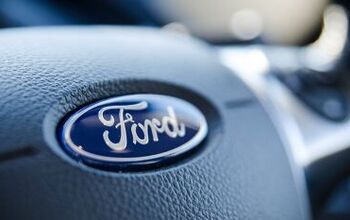

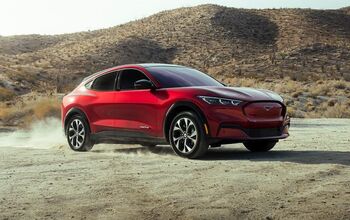
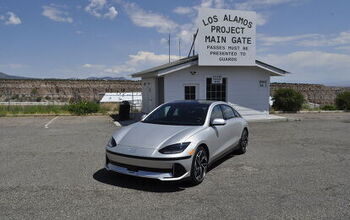
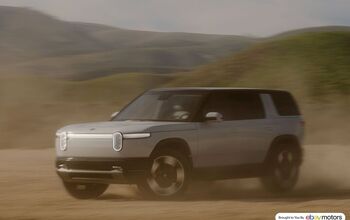
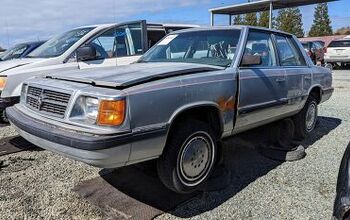
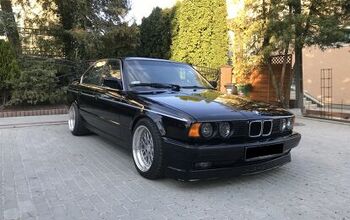
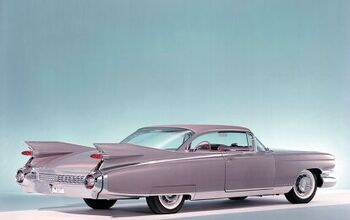
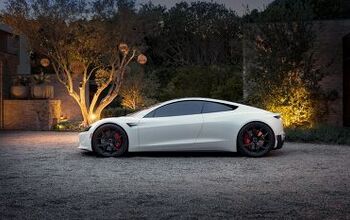

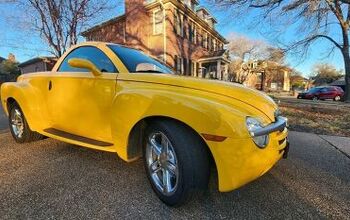


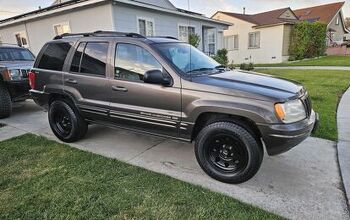
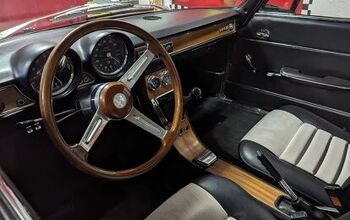
Comments
Join the conversation
I think the perfect solution is already here from the combined efforts of Rotrex and Torotrak. They're joined in a venture called (obviously enough) Rotrak. The best supercharger made meets a small CVT drive. This setup could accomodate multiple power/boost profiles depending on what the situation calls for, including a torque mode that would keep the compressor spinning at decent speed just off of idle. From what I understand making it more affordable is where the rest of their efforts lie.
Audi seems to have it right with their 2.0T. The A4 is generally faster than the 328i off the line, and is also faster 30-50 and 50-70. It does definitely lose in smoothness though, the turbo 4 is definitely nowhere near as smooth in operation as the straight 6.